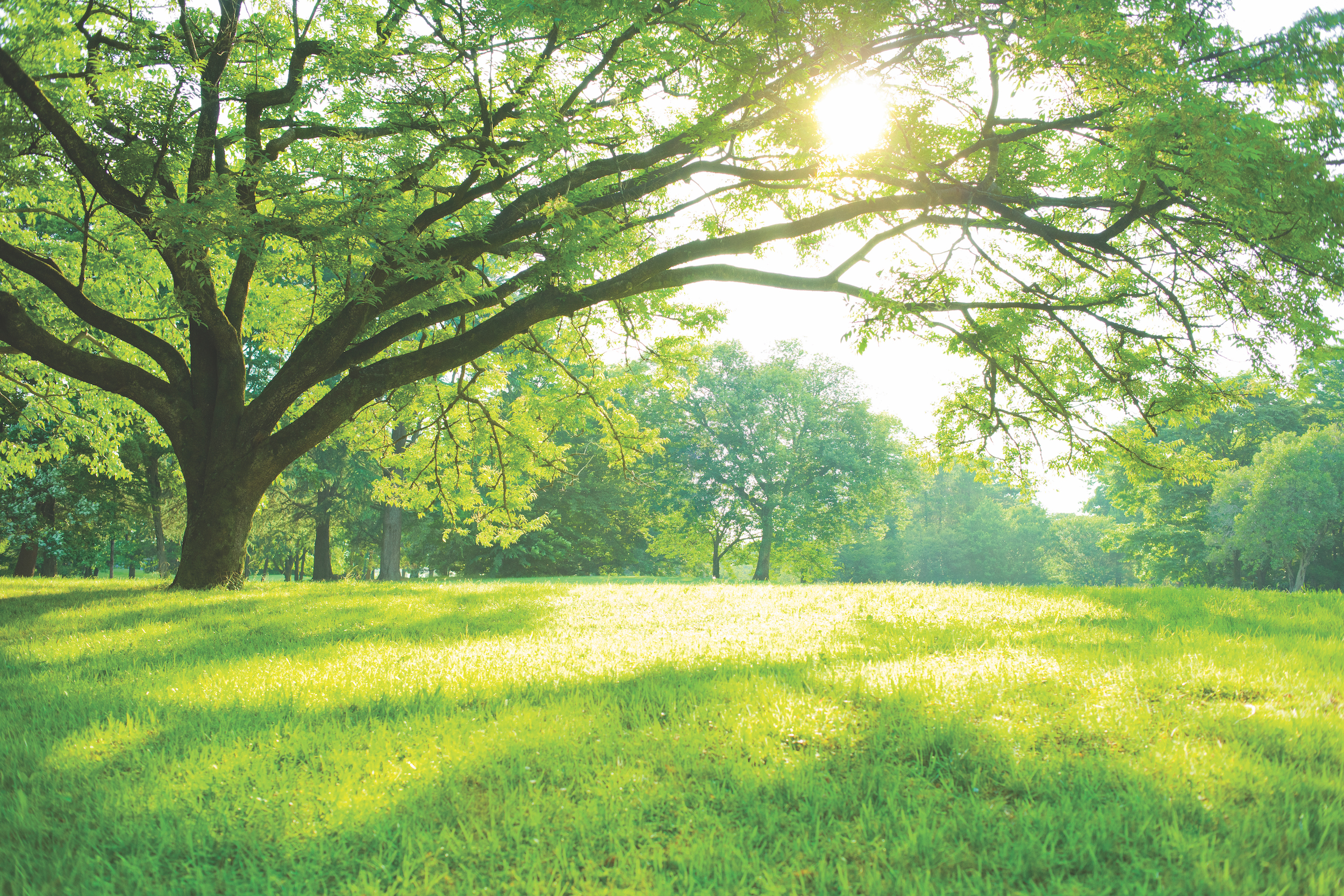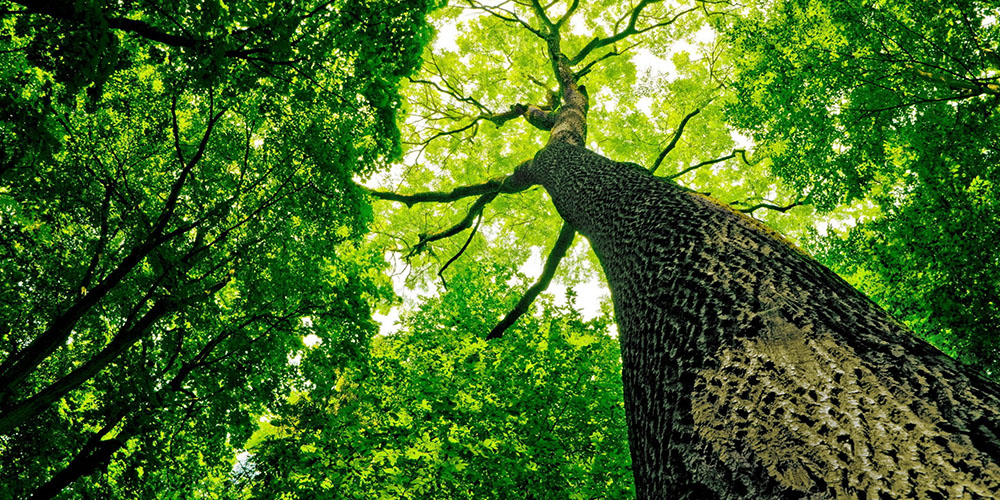Every Tree for Itself
This fun and active modeling simulation reviews the conditions that trees need to live and grow, while also demonstrating that trees must compete to meet their needs.
Objectives
Students will
- Model how trees compete to meet their essential needs.
- Describe how varying amounts of light, water, and nutrients affect tree growth.
For the complete activity and more like this, purchase the Explore Your Environment: K-8 Activity Guide at Shop.PLT.org and/or attend a professional development training in your state.
Explore Your Environment: K-8 Activity Guide is a supplementary curriculum that is multi-disciplinary, with an emphasis on science, reading, writing, mathematics, and social studies.
Each activity displays explicit connections to practices and concepts expected by the following national academic standards so teachers can easily see where the materials will fit into their lesson plans:
- Next Generation Science Standards (NGSS)
- Common Core Toolkit, includes
- English Language Arts (CCSS.ELA)
- Mathematics (CCSS.MATH)
- College, Career, and Civic Life Framework for Social Studies (C3)
Our professional development further demonstrates these connections, as well as to state and local standards, contact your state coordinator.
Seed School
Seed School Grades K-2 Written by: Joan Holub Illustrated by: Sakshi Mangal Published by: Quarto Publishing Group USA, 2018 ISBN-13: 978-1633223745 Recommended Reading Spend a day at seed school and meet student seeds of all different shapes and sizes. Colorful illustrations showcase the biodiversity of the garden, while the story’s verse helps young readers... Read more »
EE Resources
Video Demo: Every Tree for Itself
Watch this Every Tree for Itself video demonstration (10 minutes) by Project Learning Tree.
Every Tree for Itself Simulation
In this free short simulation created by PLT, students pretend to be trees as they compete for essential resources. This simulation explores the underlying concepts of how trees grow. For example, what might happen to an individual tree when there is an inadequate water supply? Click to [iframe_loader type=’open_link_in_new_window’ href=’/wp-content/uploads/articulate_uploads/Every-Tree-for-Itself-Simulation/story.html’]
Every Indiana Tree for Itself: Indiana Specific Activity Supplement
This supplement is specific to Indiana tree for the Activity 27-Every Tree for Itself.
Tree Rings Simulation
The science of tree rings is called dendrochronology. Tree rings help scientists learn about past climates by decoding tree ring patterns. Climate scientists use clues from ice cores, layered sediment deposits in lakes and seas, the structure of coral reefs, as well as tree ring sequences to learn about paleoclimates. The use of tree ring records... Read more »
Every Bee for Itself
For a twist on PLT’s PreK-8 Guide Activity 27—Every Tree for Itself, check out Every Bee for Itself. Developed by a Texas PLT educator, Allen Smith, this activity focuses on the things bees need to survive: pollen, nectar, and shelter. Students learn about how bees communicate with each other and even make up their own bee... Read more »
Cornucopia
A STEM education simulation game from the California Academy of Sciences called Cornucopia is a free online resource. The game teaches students in grades 5-12 about natural resource use and management, the effect of climate conditions on water availability and food production, and the way agricultural technology impacts water use.
Go Plant a Tree!
In this short video from PBS Plum Landing, see how students work with a local arborist to plant a tree in their community. Underneath the video, you’ll find some simple conversation starting questions and additional resources to inspire your students.
EPA’s WaterSense Kids Website
The Environmental Protection Agency’s WaterSense Kids website teaches elementary and middle level students about the importance of water and why we need to conserve it. Test knowledge with an online animation, or identify simple water solutions to use water wisely.
Activity Adaptation
Check out this adaptation of PLT’s Every Tree for Itself activity. It is often used with landowners, foresters, and other forestland decision makers to convey why certain harvesting practices are conducted woodlots.
Login to download supporting materials such as appendices and teaching tips.
Login
 Get this Guide
Get this Guide
 Find Training
Find Training


